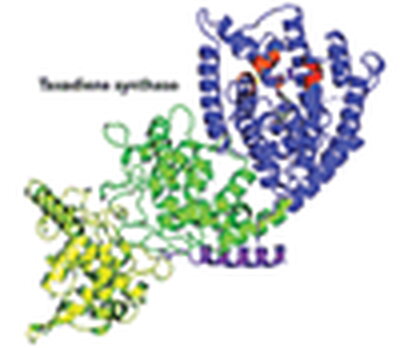

The crystal structure of taxadiene synthase was determined by a national collaboration that included Robert Coates. Eric Oldfield and colleagues correctly predicted that enzymes similar to taxadiene synthase would contain both class I and class II folds. This research clarifies the protein's evolution and is expected to lead to the generation of new biological catalysts.
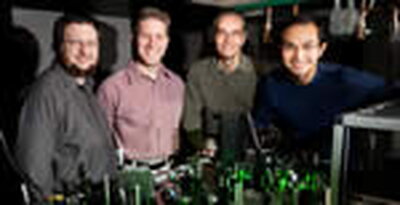
A faster more definitive test for cancerous cells, called nonlinear interferometric vibrational imaging (NICI), has been developed by Stephen Boppart, Martin Gruebele and collaborators. NIVI can determine cancerous cells by identifying those with high concentrations of proteins. This research is the cover article of the Dec. 1 issue of Cancer Research. UIUC News Bureau article. Martin Gruebele's research group's work using pulses of terahertz radiation to directly measure the movements of water molecules around proteins was featured in a Physorg article.
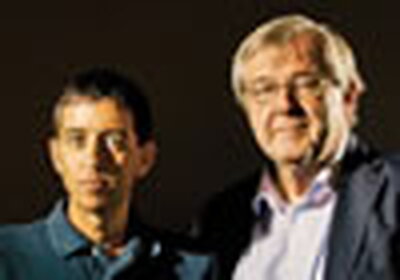
Klaus Schulten and colleagues run complicated molecular dynamics simulations on computer clusters at the NCSA. They have determined that the amount of time it takes to run a specific simulation decreases fourfold when 2 of the CPUs are swapped out with graphic processing units (GPUs). The speedup in the time it takes to run simulations allows greater ability for trial and error.
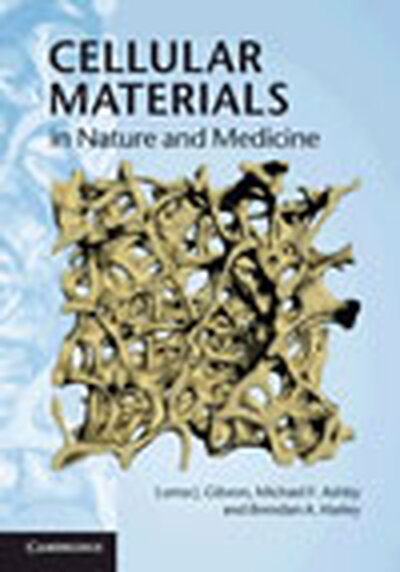
Brendan Harley, with colleagues Lorna Gibson (MIT) and Mike Ashby (Cambridge, UK), have published a new book, 'Cellular Materials in Nature and Medicine' (Cambridge University Press). This book is a comprehensive description of the structure and mechanics of cellular materials as well as their applications in nature and biomedicine.
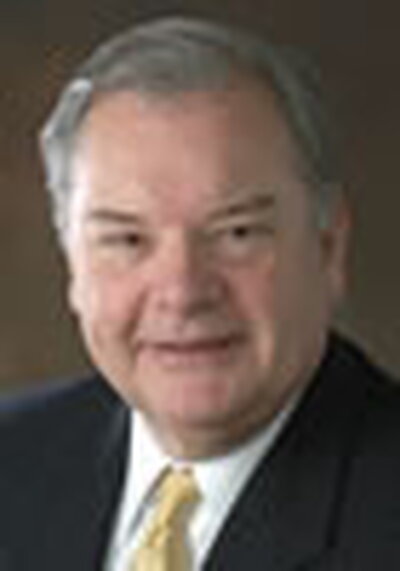
Richard Alkire is the recipient of the 2010 National Advancement Award from the Federation of Materials Societies. The organization cites his imaginative pioneering work in the field of electrochemical engineering, especially in bridging the gap between fundamental science and applications, as well as his administrative leadership and extraordinary mentoring accomplishments as the reasons for his award.
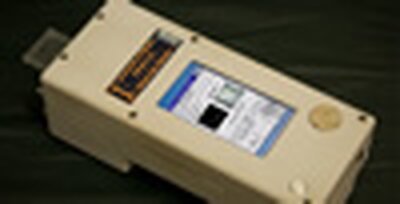
Kenneth Suslick and Hengwei Lin have developed an explosives detector that can be used in airports. The sensor array can easily detect low levels of triacetone triperoxide, an explosive that has been used in several bombing attempts. UIUC News Bureau article.
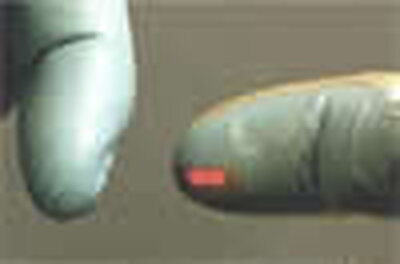
John Rogers and an international team of collaborators have developed bio-compatible, flexible arrays of LEDs and photodetectors using conventional semiconductors that may eventually be used for biomedical applications such as using light inside the body to activate drugs or monitor medical conditions. RSC Chemistry World article, Nature article.
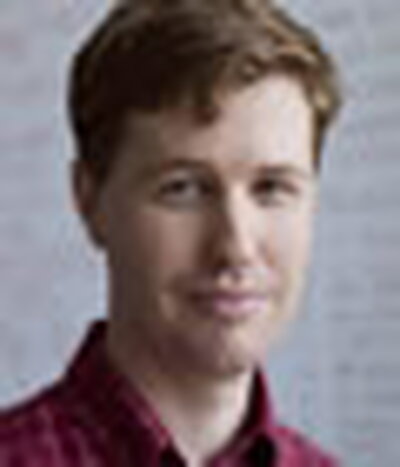
Nathan Price and colleagues created an algorithm that integrates large quantities of genomic and metabolic data called probabilistic regulation of metabolism (PROM). They used this model to study the genome-scale regulatory-metabolic network of Mycobacterium tuberculosis and published their results in the Proceedings of the National Academy of Science. Vaccine News Daily article, College of Engineering article.

Alexander Scheeline developed an inexpensive cell-phone spectrometer that enables high school students to understand the instrumentation. He wrote free software that analyzes JPEG images taken by cell phones. UIUC News Bureau article.
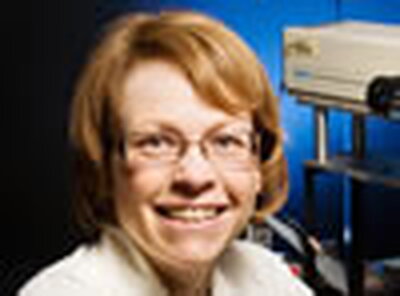
Deborah Leckband, Ning Wang and researchers at the Hubrecht Institute in the Netherlands have collaborated to demonstrate convincingly that cadherins are mechanosensors. This discovery will help to advance drug delivery systems and the understanding of cancer metastasis. UIUC Engineering News article.
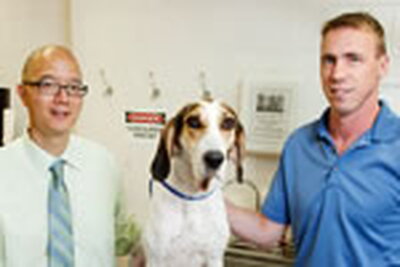
Paul Hergenrother and his research group have developed a drug, that kills lymphoma cells in dogs with minimal side effects. Hergenrother and Tim Fan co-led a clinical study testing the compound's effect on dogs with lymphoma. The drug activates a cellular enzyme, procaspase-3, that activates a series of reactions that kill the cancer cells. It has the potential to become another weapon in battling different cancers. UIUC News Bureau article.
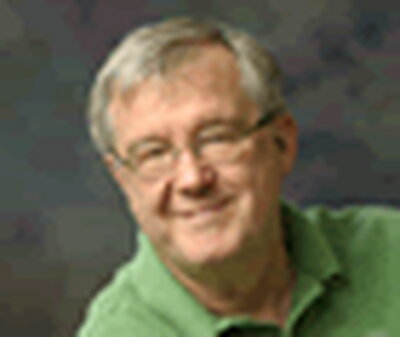
Klaus Schulten is a keynote speaker at the NVIDIA's 2010 GPU (graphics processing unit) Technology Conference on September 22. He is described as "one of the world's top computational biologists". Prof. Schulten will highlight the major discoveries made using the computational microscope and also describe his research on cell disruption and viruses, including the H1N1 virus.
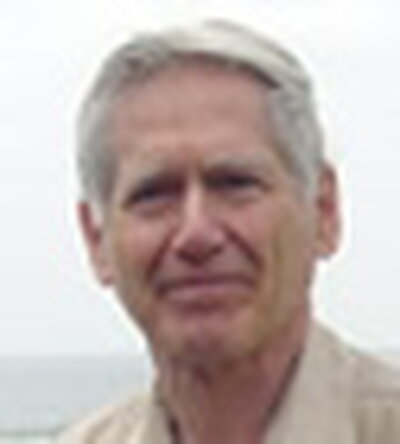
The Charles David Keeling Lecture will be held Monday, Sept. 13, 2010 at 7:00 pm in 100 Noyes Lab. Dr. Ralph Cicerone, President of the National Academy of Sciences will present his talk titled "CO2, Energy and Climate: Then and Now". Dr. Keeling measured carbon dioxide levels from the Mauna Loa Observatory and constructed a model of the carbon cycle taking into account human activities. He was one of the first to warn of the "greenhouse effect" and global warming. He received a B.A. in chemistry from the University of Illinois in 1948.
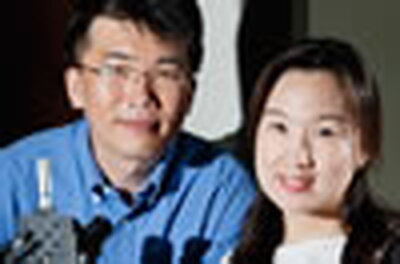
Taekjip Ha and his research team used single molecule fluorescence resonance energy transfer (FRET) to identify one of the mechanisms that the helicase enzyme PcrA uses to regulate DNA recombination of damaged DNA. Their research was published in the journal Cell. UIUC News Bureau article, Cell article.
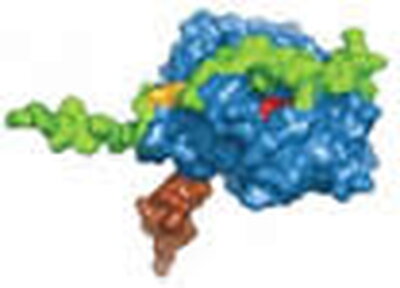
Nathan Price, Pan-Jun Kim and others are studying the validity of the ninety seven year old Michaelis-Menten equation to determine enzyme activity in cells. The Price research group uses mathematical modeling to compare the equation predictions with new results from data on single cells. ScienceNews article.
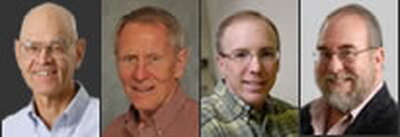
Peter Beak, Theodore Brown, Jeffrey Moore and Kenneth Suslick are among the 192 distinguished scientists elected 2010 fellows of the American Chemical Society. UIUC News Burea article.
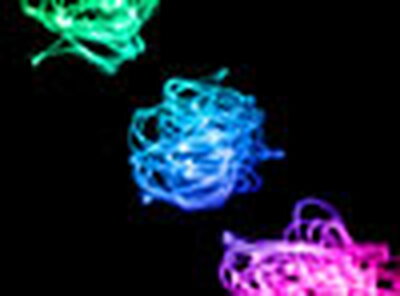
The Suslick group has quantified the plasma electron density, temperature and extent of ionization in super-bright sonoluminescence, the implosion of bubbles at extremely high temperatures and pressures. This research was published in the June 27 issue of Nature Physics. See UIUC News Bureau article.
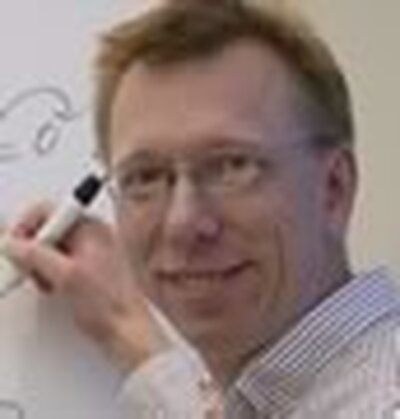
Researchers at University of Illinois and Massachusetts Institute of Technology led by Wilfred van der Donk and Sallie Chisholm report an enzyme that makes more than 20 polycylic natural products in an organism that produces a large fraction of the earth's oxygen. The findings were reported in the Proc. Natl. Acad. Sci. USA.
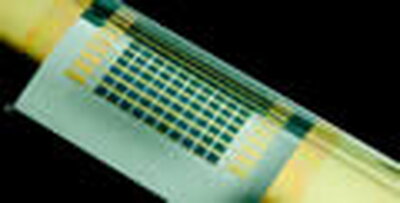
A new assembly technique for producing gallium arsenide compound semiconductors could revolutionize the manufacture of solar cells and other optoelectronic components. John Rogers and collaborators have published this research in Nature. Physics World article, UIUC News Bureau article.
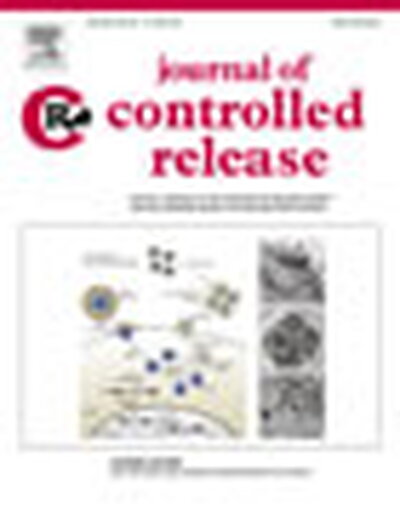
Dan Pack and alumni, Josh Ramsey and Halong Vu, have reported the discovery of a novel class of gene delivery vectors. Pack's group has produced hybrid vectors made up of inactive virus-like particles coated with polymers that pave the way to a new route for design of gene therapy systems. The work is featured on the cover of the Journal of Controlled Release. Article preview and pdf.
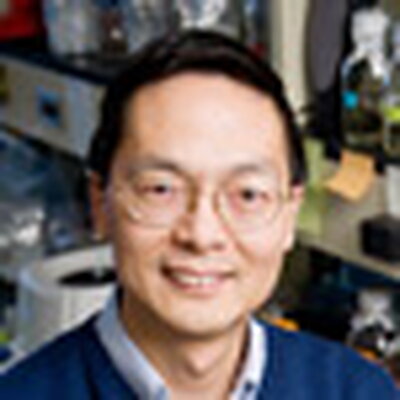
Huimin Zhao and Zengyi Shao, a postdoctoral research associate in the Institute for Genomic Biology, will use a $100,000 National Academies Keck Futures Initiative grant for a research program focused on genome mining of natural products using synthetic biology. These studies may lead to the discovery and development of new drugs for treatment of infectious diseases and cancers.
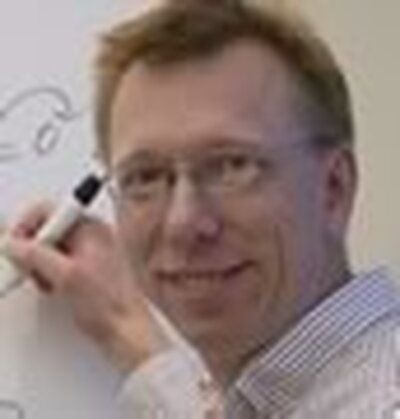
Wilfred van der Donk and colleagues discovered a new pathway to polycyclic natural products using genome database mining. The study was published in PloS Biology and highlighted in Nature Chemical Biology.
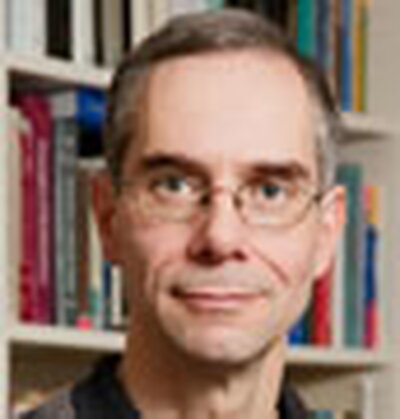
Martin Gruebele was one of two Illinois professors elected to the American Academy of Arts and Sciences this year. UIUC News Bureau article.
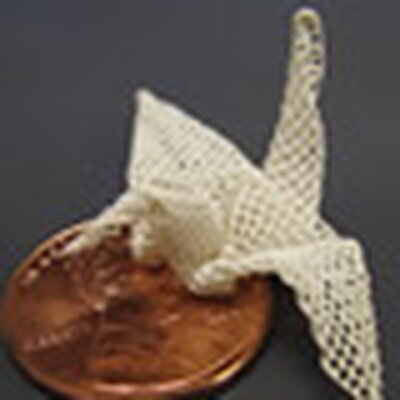
Researchers at Illinois led by Jennifer Lewis are developing new printing and wet-folding origami techniques for microelectronics and biocompatible devices. Their research was published in the journal Advanced Materials. UIUC News Bureau article.
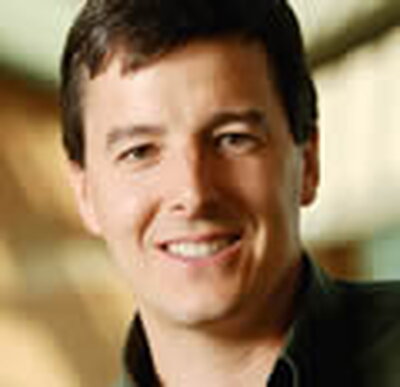
John Rogers and colleagues have built a flexible sensor array for use in monitoring and regulating organs. His Pennsylvania colleagues demonstrated the transistor array on the beating hearts of live pigs, a common model for human hearts. The research is the cover story for the March 24 issue of Science Translational Medicine. UIUC News Bureau article, Nature Materials published a study showing that the ultrathin flexible implants, made partly from silk, can record brain activity more faithfully than thicker implants embedded with similar electronics. NIH article showcasing flexible brain implant.
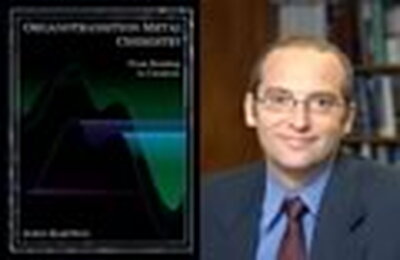
John Hartwig recently published a textbook titled Organotransition Metal Chemistry: From Bonding to Catalysis, a thorough and authoritative coverage of the fundamentals of organometallic chemistry, the elementary reactions of these complexes, and many catalytic processes occurring through organometallic intermediates. Symposium on Organotransition Metal Chemistry, April 16.
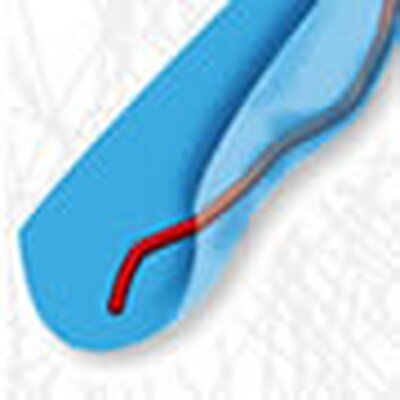
Steve Granick and Kenneth Schweizer are on a team of scientists who have determined the movements of actin filaments within cells. They have created a new model showing that an actin filament moves more like a conga line on a crowded dance floor rather than like a snake. UIUC News Bureau article.
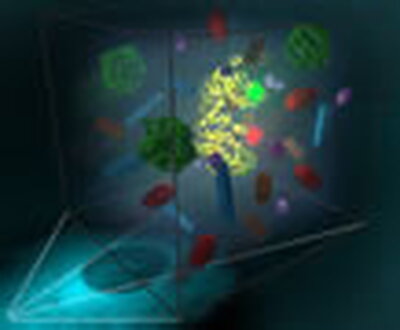
Martin Gruebele and his colleagues are the first to observe the dynamics of a protein folding in a live cell. The rates of a protein folding depend on where in the cell the protein is and its folding is more stable and slower in vivo than in vitro. Their research was published online February 28 in Nature Methods. UIUC News Bureau article.
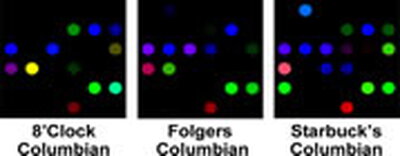
Differences in coffees and roasting techniques can be detected using the artificial nose devised by Kenneth Suslick and colleagues. The "nose" consists of an array of 36 dyes on a polymer film. The group's research was published in the February issue of Analytical Chemistry. Science Now article.
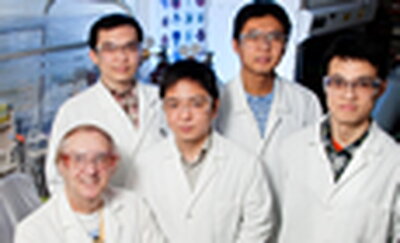
Eric Oldfield's research group's characterization of the IspH enzyme has led to their development of the first potent inhibitor of an unusual chemical reaction mechanism that allows malaria parasites and many disease-causing bacteria to become drug resistant. Their research appears in the Proceedings of the National Academy of Sciences. UIUC News Bureau article.
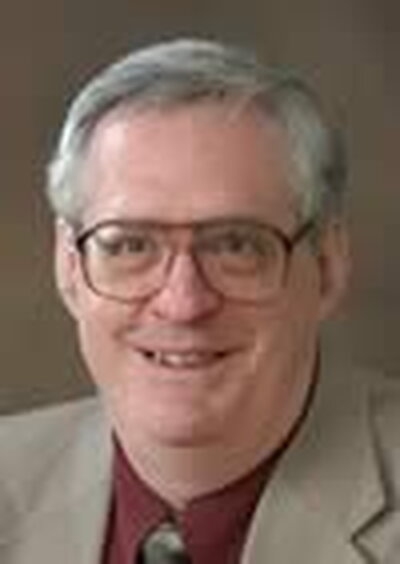
Engineering research at Illinois has been ranked first on world's "most cited" list, with Rich Masel's formic acid fuel cells being listed as a contributor. The Most-Cited Institutions in Engineering, 1999-2009 at ScienceWatch.com
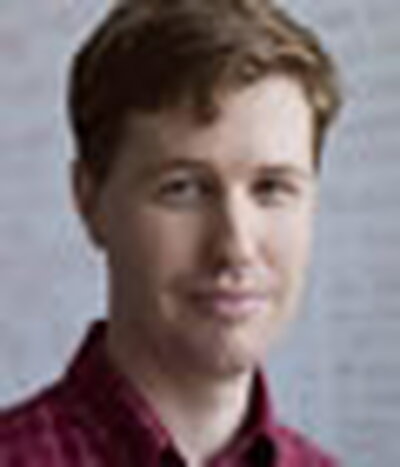
Nathan Price is the recipient of a 2010 Roy J. Carver Charitable Trust Young Investigator Award. His work on the reconstruction of metabolic and regulatory networks in normal and cancerous glial cells as a means to better understand mechanisms underlying glioblastoma was the basis for the award.
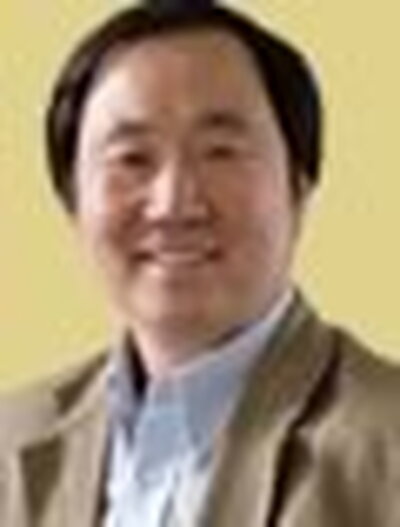
i Lu and colleagues have developed an easy and accurate dipstick test for lead in paint using a sensor that uses no-cross-linked gold nanoparticle-DNA conjugates, bound to a lead-activated DNAzyme. RSC Highlights in Chemical Science article.
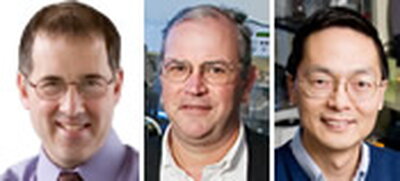
Three SCS faculty members have been elected as 2009 American Associations for the Advancement of Science Fellows. Andrew Gewirth, Thomas Rauchfuss and Huimin Zhao will be recognized during the AAAS annual meeting in February. UIUC News Bureau article.